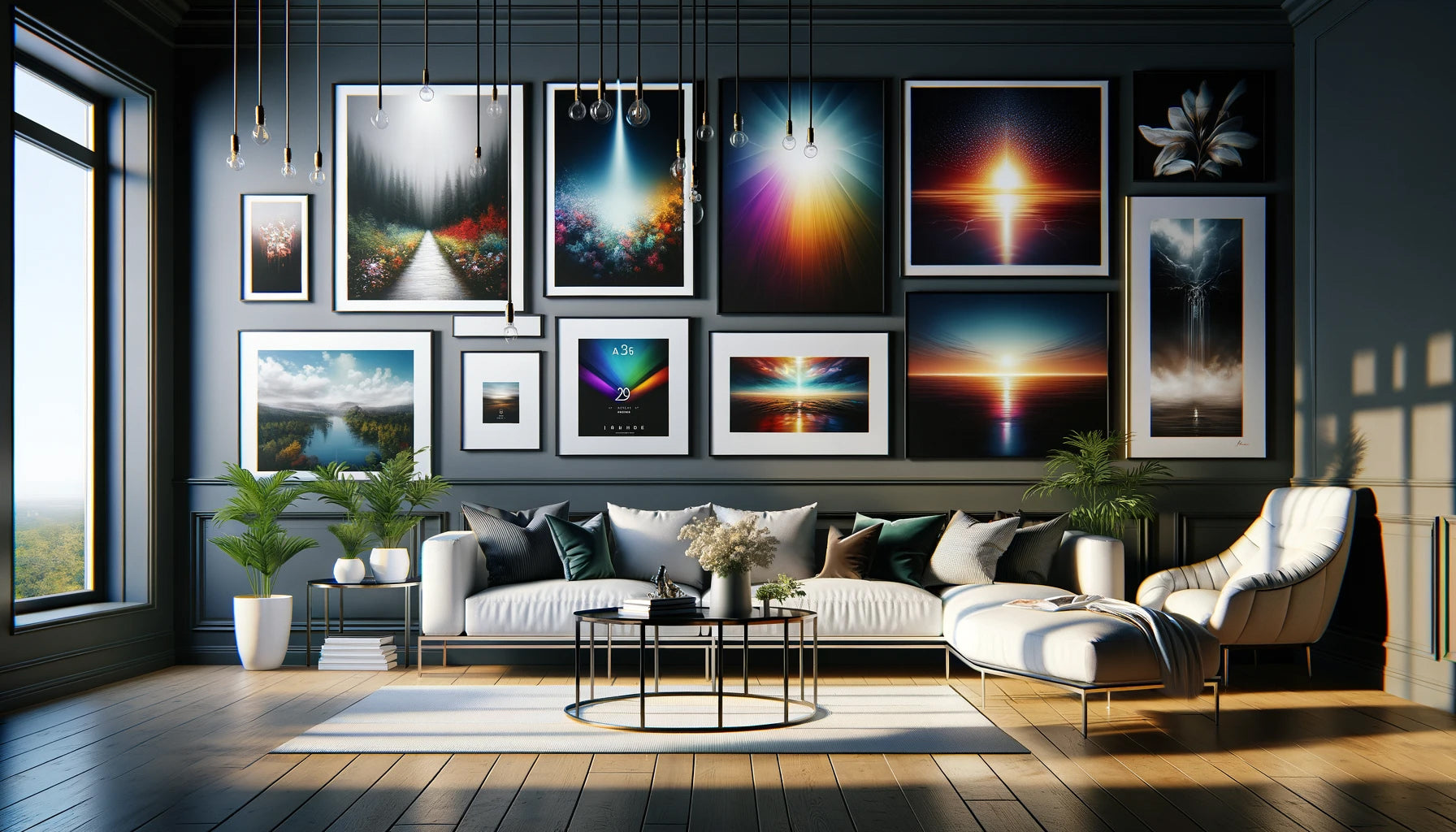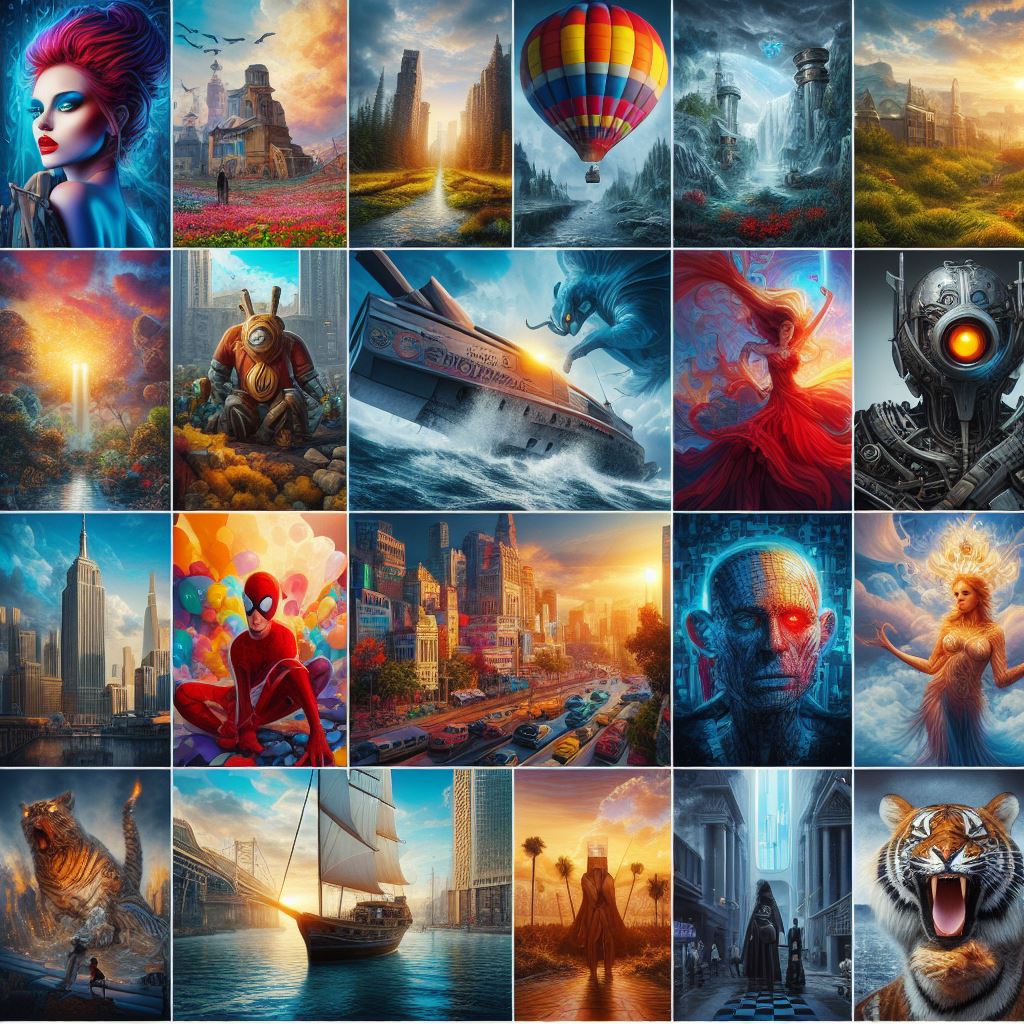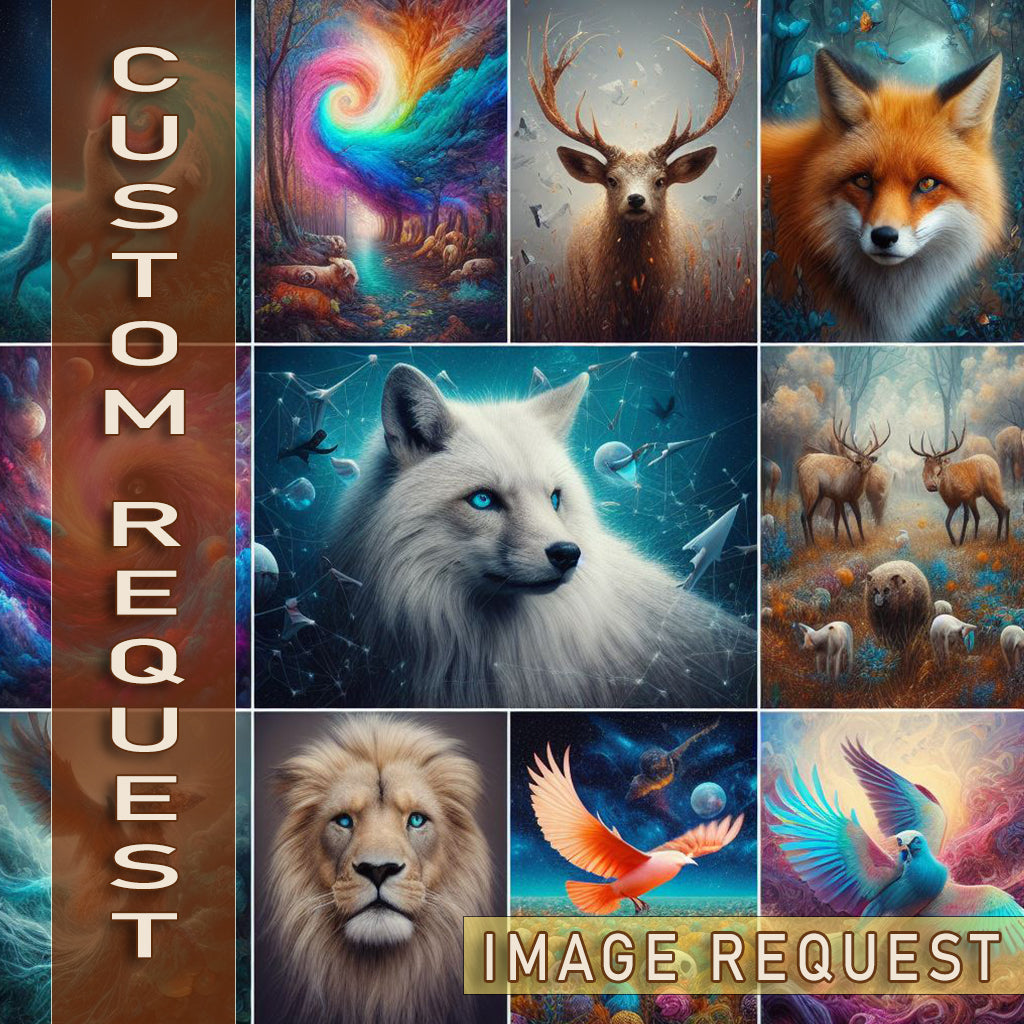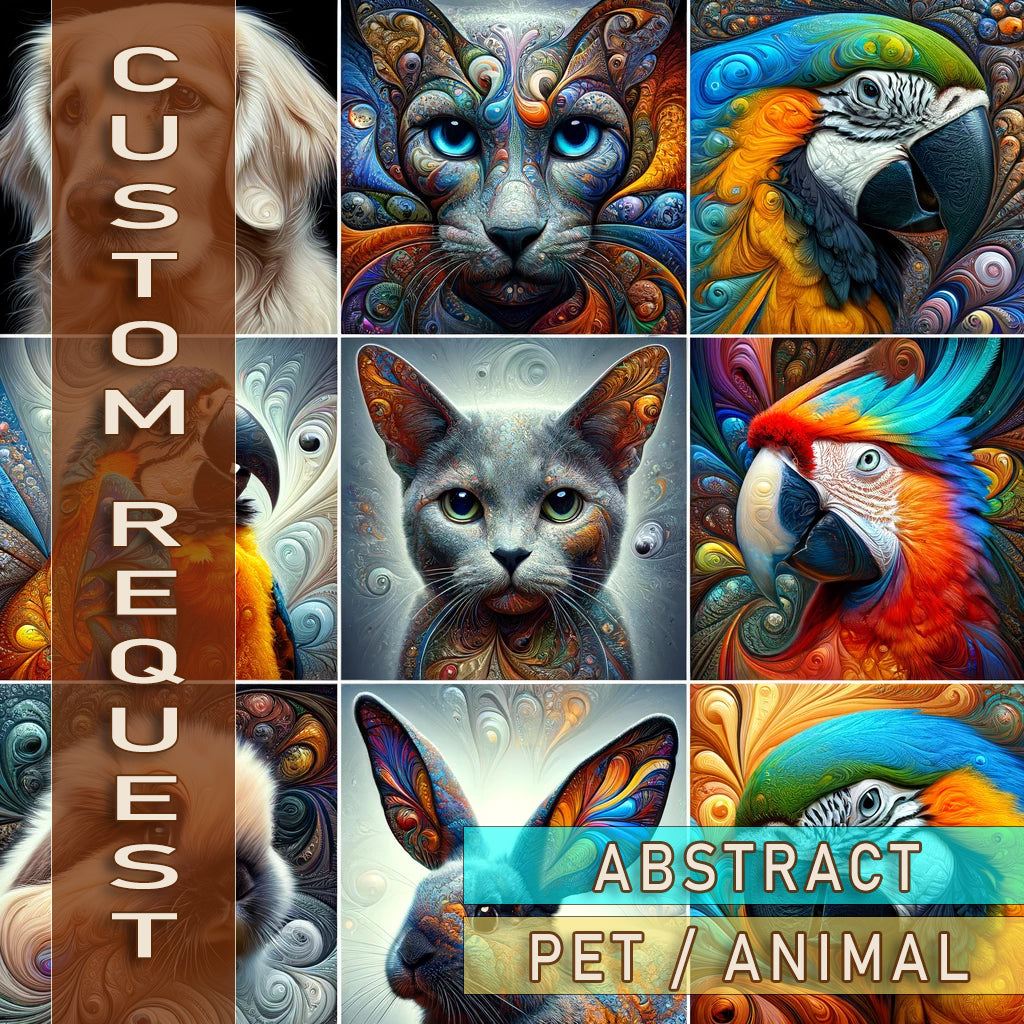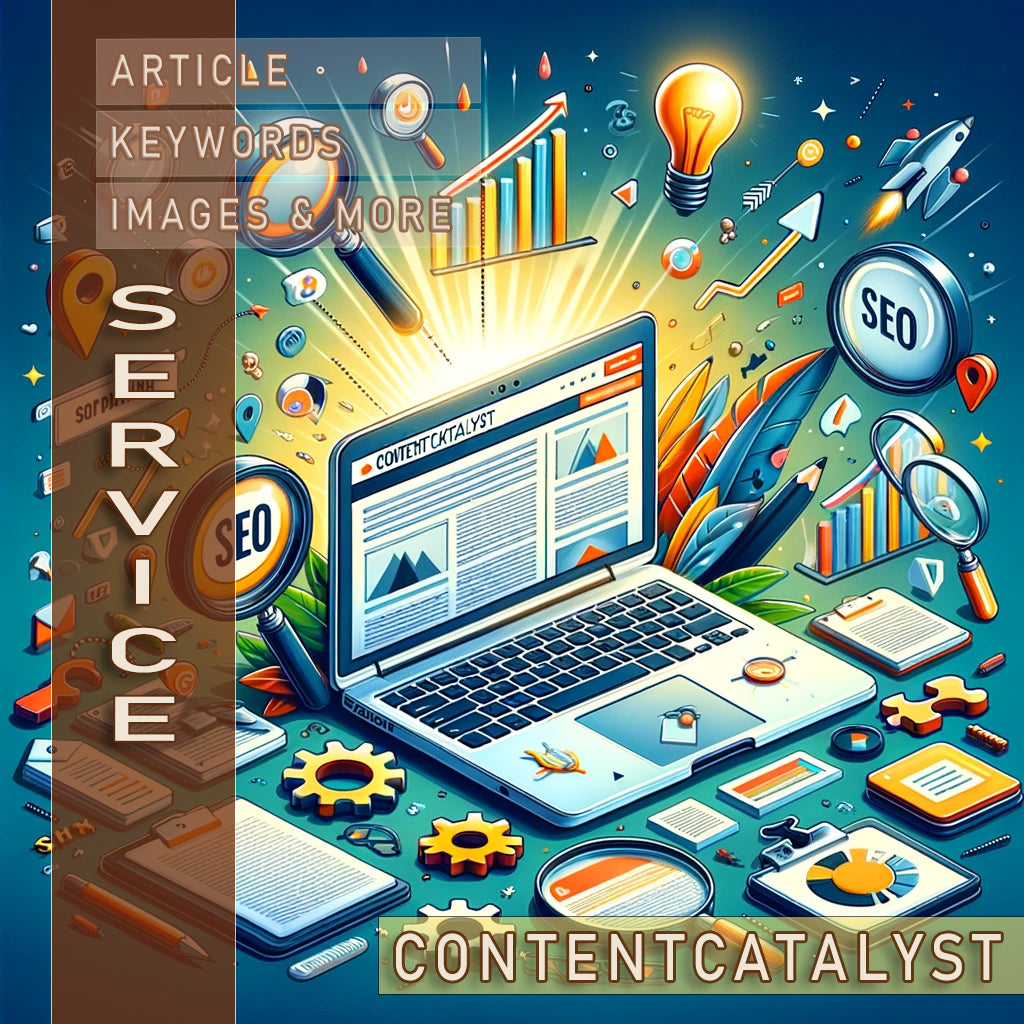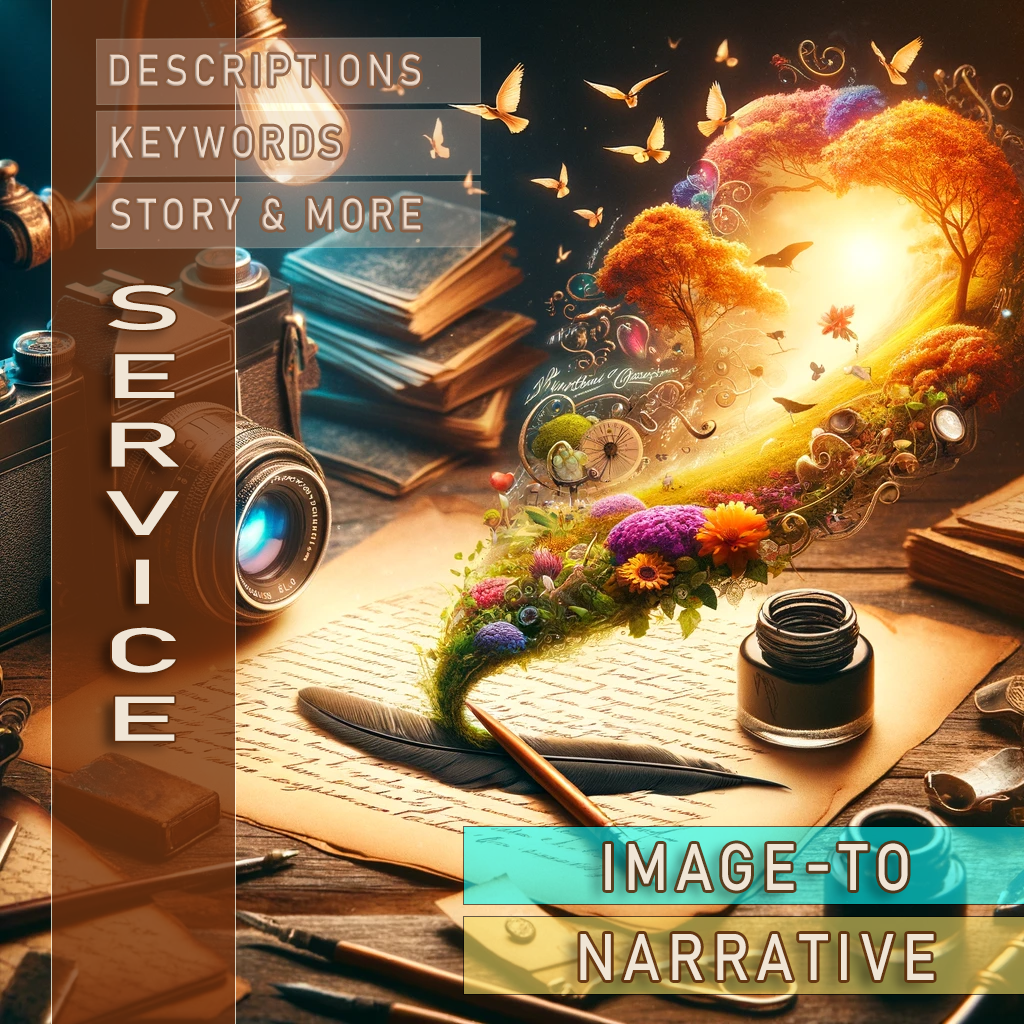
The Science of Visual Hierarchy in Graphic Design
Ever wonder why your eyes are drawn to certain parts of a design before others? That’s the magic of visual hierarchy—a subtle yet powerful tool that guides viewers through a composition. Whether it’s a website, a poster, or an ad, visual hierarchy ensures that the most important elements grab attention first, while the rest follow in a natural flow. In this guide, we’ll break down the science behind visual hierarchy, explore the techniques that make it work, and show you how to apply these principles to your designs for maximum impact. Ready to master the art of guiding the gaze? Let’s dive in. ` What is Visual Hierarchy? Visual hierarchy is the arrangement of elements in a design to signify their importance. It’s how we make sure the headline gets noticed before the subhead, the call-to-action button stands out over background images, and the eyes naturally move through the content in a logical order. At its core, visual hierarchy is about controlling attention. It takes advantage of how people naturally scan and process visual information. By understanding what grabs attention—size, color, contrast, and positioning—you can design layouts that are not only beautiful but also effective. Think of visual hierarchy as the traffic cop of your design: it tells the viewer where to stop, where to slow down, and where to proceed with caution. Principles of Visual Hierarchy To build effective visual hierarchy, you need to understand the principles that guide it. Here are the key factors to consider: Size: Bigger elements naturally draw more attention. A bold headline will always outshine smaller body text. Color: Bright or contrasting colors stand out, while muted tones recede into the background. Position: Elements placed at the top or center of a design are usually noticed first. Contrast: High contrast between elements—like light text on a dark background—helps important details pop. Proximity: Grouping related items together creates visual connections and reduces clutter. Whitespace: Empty space isn’t wasted—it’s a powerful way to emphasize key elements by isolating them. When combined, these principles work together to create a hierarchy that feels intuitive and engaging. Techniques for Establishing Visual Hierarchy Let’s move from theory to practice. Here are some actionable techniques for creating strong visual hierarchy in your designs: Use Typographic Hierarchy: Start with large, bold headlines for attention, medium-sized subheads for context, and smaller body text for details. Leverage Contrast: Pair contrasting colors or textures to make certain elements stand out. For instance, a bright red button on a muted background screams “click me.” Play with Scale: Use oversized images or icons to create focal points, while keeping secondary elements smaller. Follow the Z-Pattern: People often scan designs in a Z-shape (top left to bottom right). Align your key elements along this path. Incorporate Visual Cues: Use arrows, lines, or shapes to guide the viewer’s eye toward specific elements. The goal is to create a visual roadmap, making it easy for viewers to know where to look first, second, and third. Common Mistakes to Avoid Even seasoned designers can fall into traps when working with visual hierarchy. Here are some common mistakes to steer clear of: Overloading the Design: Trying to emphasize everything means emphasizing nothing. Pick one or two focal points per layout. Poor Contrast: Low contrast between text and background can make content hard to read and unappealing. Ignoring Whitespace: Filling every inch of space creates clutter and confusion. Let your design breathe. Too Many Fonts: Using more than two or three typefaces can disrupt the flow and confuse the viewer. By avoiding these pitfalls, you’ll ensure your designs are both polished and purposeful. Examples of Exceptional Visual Hierarchy Some brands and designs just get it right. Here are a few examples of exceptional visual hierarchy in action: Apple: Their product pages showcase clean, simple layouts with bold headlines, high-quality images, and perfectly spaced elements. Spotify: The app uses a dark background with bright green accents to direct attention to playlists and playback controls. The New York Times: Their online articles use clear typographic hierarchy to differentiate headlines, subheads, and body text, making content easy to scan. These examples demonstrate how visual hierarchy can elevate functionality while enhancing aesthetics. Final Thoughts Visual hierarchy is the unsung hero of graphic design. It’s what makes your work intuitive, engaging, and effective. By mastering the principles and techniques we’ve explored here, you’ll create designs that not only look stunning but also communicate clearly and efficiently. Remember, it’s not just about making things pretty—it’s about guiding the viewer’s experience. So, the next time you start a design project, ask yourself: Where do I want their eyes to go first? Got tips or tricks for mastering visual hierarchy? Share them in the comments—we’d love to hear from you! Transform Your Designs with Expert Visual Hierarchy Techniques Visual hierarchy is the secret sauce behind effective and impactful designs. Whether you're creating a website, branding materials, or digital content, mastering hierarchy ensures your message stands out and engages your audience. At Unfocussed Photography and Imaging, we specialize in crafting designs that guide the viewer’s eye with precision and style. Custom Web and App Design: Let us help you create user-friendly layouts with clear hierarchy to enhance readability and interaction. Branding and Marketing Materials: Our designs use strategic hierarchy to make your logos, ads, and promotional items unforgettable. Design Consultations: Collaborate with our experts to refine your layouts and optimize your visual storytelling. Ready to elevate your designs with the power of hierarchy? Partner with us to create visuals that captivate and communicate effortlessly. Explore our services today and turn your vision into a masterpiece!
